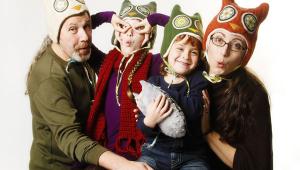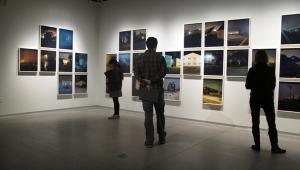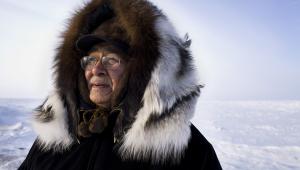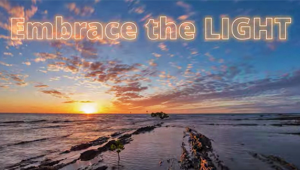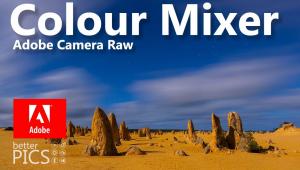Business Trends: The Business Of Fine Art Photography
Fine art photography sales
is the one area so many photographers would like to explore because
it has the ultimate advantage of showing your most personal work--and
getting paid for it! Photography has always been considered the "poor
relation" of art for all the various reasons you have heard: "It's
not real art, there are multiple copies made from negatives,"
etc.; it has been seen as a barrier to break into the field. |
|||
Shutterbug:
Please explain how you first got into fine art photo sales. |
|||
In November 2001, I began to
submit my work to galleries starting in Santa Fe, New Mexico. I drove
cross-country and zigzagged my way across the US choosing specific areas
to approach galleries. I would pick a town (for example, Sedona, Arizona),
pick up a local map and list of galleries at the tourist center and literally
visit as many as possible. First I would check out the gallery to see
if my work would fit. If they were only showing paintings from The Masters,
obviously my work would not fit. I also had the problem that my work was
not traditional photography. Most photo galleries are still only showing
black and white silver gelatin prints. I found that I worked best in a
multimedia type of gallery. When I found a gallery I thought I would work
well in, I would approach the gallery director or owner and ask to show
my portfolio, which was in my car nearby. I must have approached over
300 galleries. Perseverance was my guide! |
|||
SB: How do
you market and maintain your presence in the fine art field and what are
you planning for the future? |
|||
SB: Finally,
what do you think would help photographers get started in fine art photography
sales? |
- Log in or register to post comments











